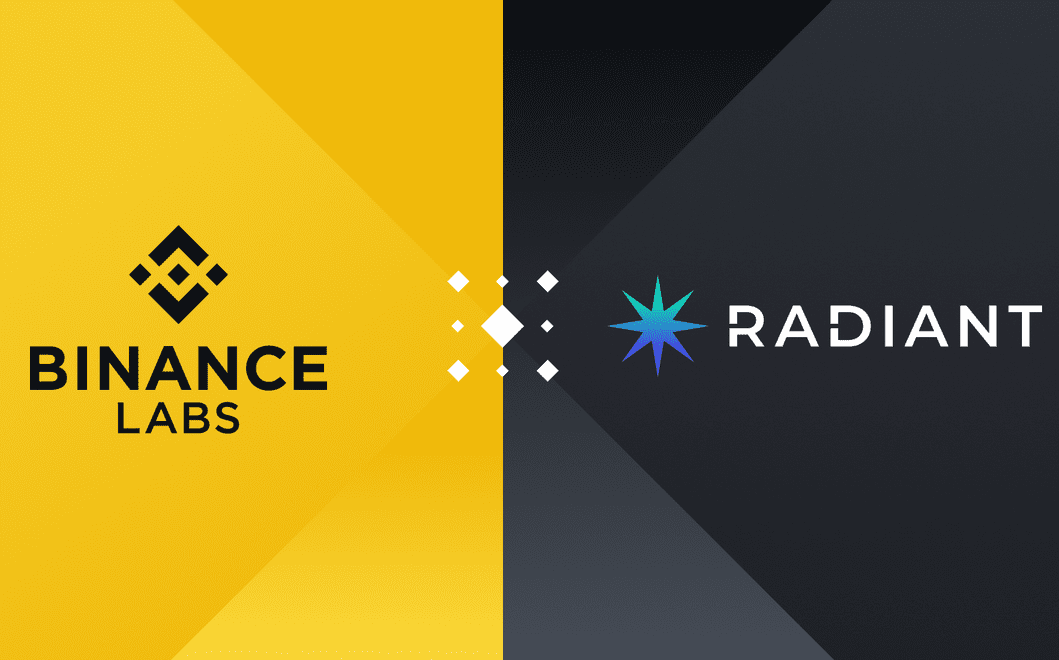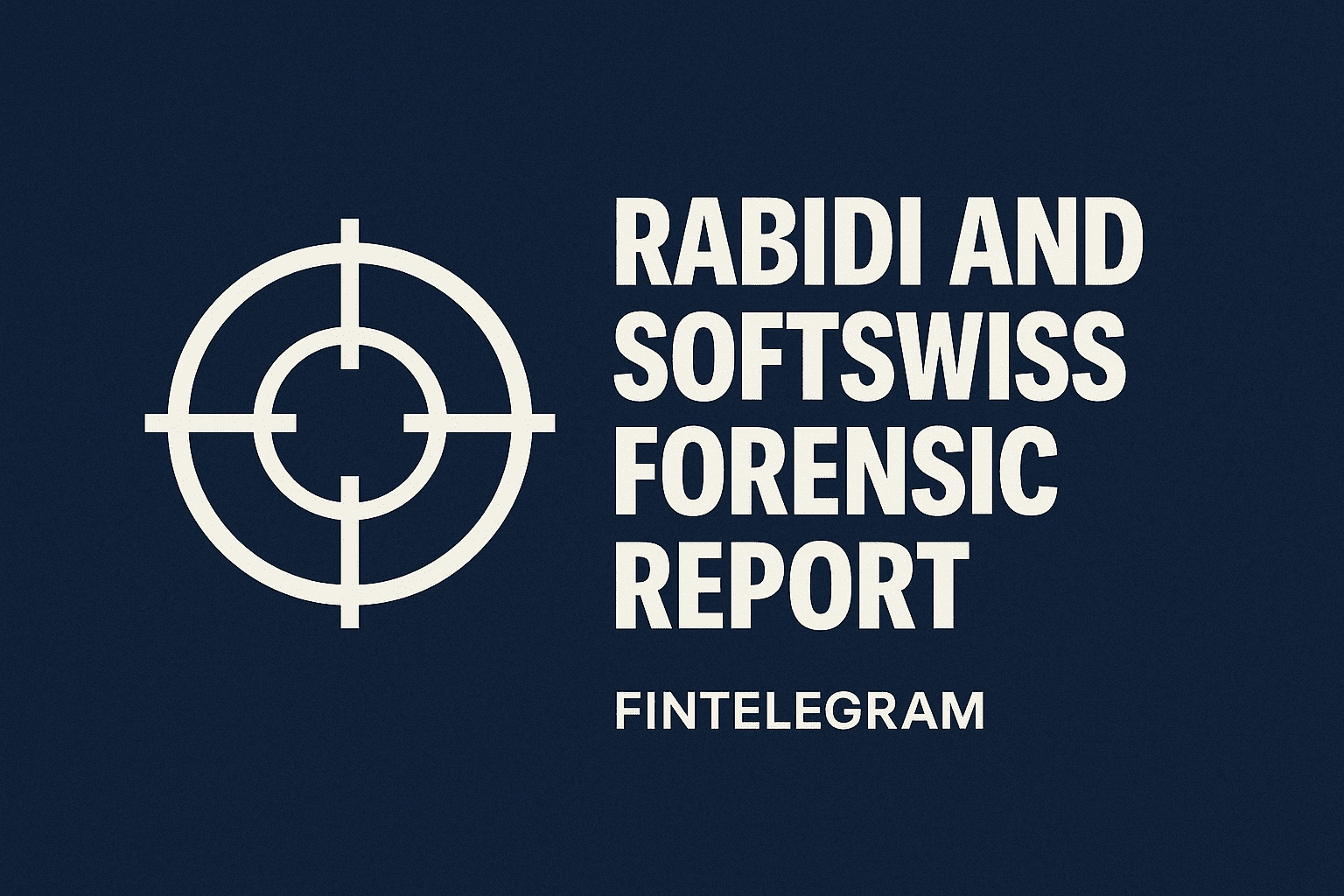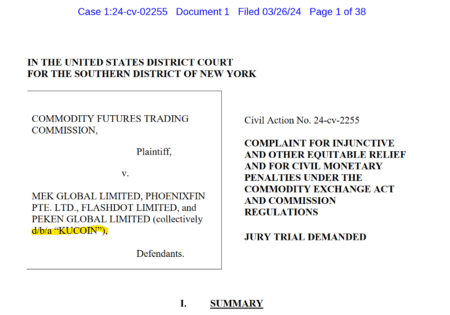Binance Labs, the venture capital and incubation arm of Binance, announced a $ 10 million investment in the DeFi lending protocol, Radiant Capital, to foster greater connectivity between various blockchains. This move will enhance users’ seamless borrowing and lending experience across multiple chains. Radiant Capital will allocate $5 million towards Radiant’s DAO (Decentralized Autonomous Organization).
Currently, the protocol enables users to borrow and deposit tokens, and the goal is to extend this functionality to numerous other blockchains beyond its current support for the BNB Chain and Arbitrum on the Ethereum blockchain. In a previous fundraising round backed by Christie’s and Samsung, LayerZero Labs achieved a remarkable milestone with a $3 billion valuation in April.
The investment in Radiant by Binance Labs, led by Yi He, co-founder of Binance, alongside Changpeng Zhao (CZ), is seen as a strategic move to drive widespread adoption of DeFi protocols throughout the crypto ecosystem. Radiant Capital intends to be “chain-agnostic,” planning to launch on any EVM (Ethereum Virtual Machine) compatible chain that receives majority votes from its DAO members. This approach emphasizes transparency and ensures users’ transaction security remains uncompromised. Binance Labs has previously supported similar projects, like Cosmos Labs’ Neutron platform, aimed at connecting projects across different chains through smart contract solutions.
Radiant‘s future expansion focuses on integrating various chains within the Ethereum Virtual Machine, enabling interactions among chains powered by smart contracts. The decisions regarding cross-chain options will be determined by community votes through its DAO, with members empowered to vote on aspects such as Loan-to-Value parameters for borrowers.
Radiant‘s ultimate goal is to establish itself as a cross-chain money market, akin to the Polkadot Project-based Equilibrium. Currently, the protocol supports a diverse range of ten digital asset classes, including popular tokens like Arbitrum and ETH and stablecoins such as USDC. Bridging different chains on Ethereum is a shared objective among many developers and companies seeking to address the limitations of the main net, which can be costly and slow due to high activity levels.





